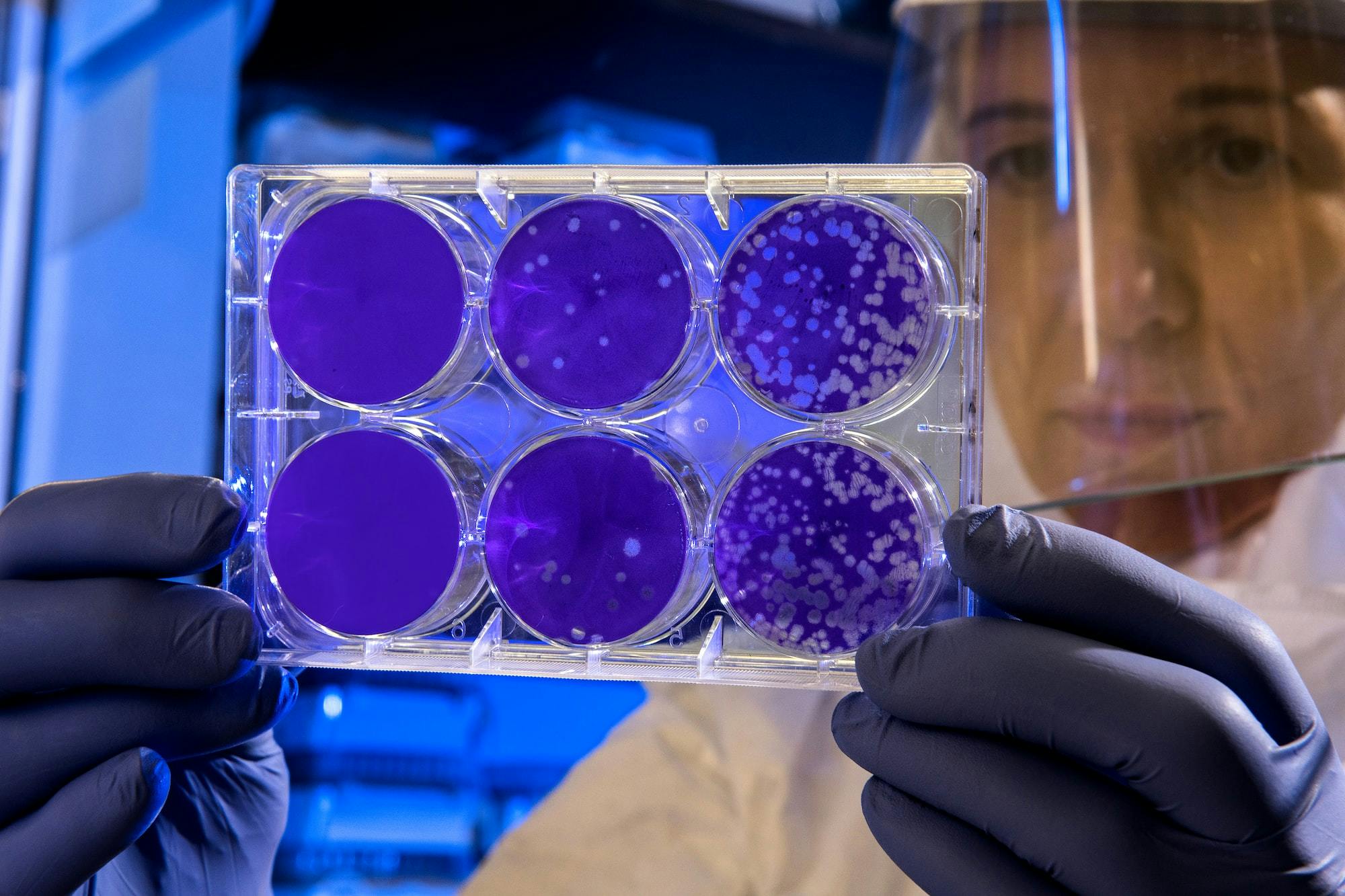
Post Pandemic Growth: Reassessing Customer Needs
The Coronavirus pandemic will have a long term effect on global business operations, changing the way many companies conduct business and interact with their customer base in the future. The impacts of the COVID-19 pandemic are unprecedented in both speed and magnitude, pushing many organizations to the brink of their financial limits.
As a result, the importance of clearly understanding the changing needs of your customer base has never been more critical. As the potential for a global recession looms large on the horizon, past data from Forrester Research shows that focusing on the customer experience can be a winning strategy during a recession. In fact, during the 2007-2009 recession, companies seen as customer experience leaders produced shareholder returns that were three times higher than customer experience laggards.

The market disruption brought on by the pandemic will provide a window of opportunity for companies to reestablish and/or reposition themselves for the post-pandemic new normal. There has never been a more critical time for companies to develop a deeper understanding of their customer base and develop insights into any new strategic direction, changes in process or operational functions, and uncover needs associated with the changes. This is the first step in aligning your business to deliver what your customers will need to recover and thrive in the post-pandemic world, creating a competitive advantage.
The post-COVID-19 era will be different in significant ways from the world before the outbreak. Businesses that invest in understanding the new normal, and from this research develop strategic, operational, and financial resilience to current and emerging global risks will be better positioned to respond and recover. As we move forward, changes that your customers may have to consider to compete in the new normal that could create opportunities for you or your competitors include:
Workplace Environment & Interactions
- Re-engineering internal work processes to accomplish increased social distancing
- Less personal interaction – employees and customers
- Changes in travel and transportation
- Digital interaction with customers
- Increase in remote work options
- Different meetings and assemblies
- Fewer people including more solo experiences even in the presence of others
- Expectation of cleanliness standards
- Need for a cleaner work environment
- Increased and more frequent antimicrobial cleaning, including air filtration, personal temperature monitoring
Supply Chain
- Re-tooling of global supply chains
- Engagement of more regional suppliers
- Movement away from China as a primary supplier
- Increased home delivery of an expanded range of items – automobiles, durable goods
- Closing gaps in the current supply chain exposed by the pandemic
Technology
- Increase in cashless transactions
- A rise in virtual reality and related technologies
- Remote experts
- Experiential learning at an individual level
- Faster adoption of the digital infrastructure, IoT, AI, and e-commerce
Competition
- A new competitive landscape
- Smaller competitors may disappear
- Big business could get even bigger
- Customers’ lowered future earnings expectations, and their potential effect on suppliers
Miscellaneous
- Identify and potentially shelve initiatives for pre-pandemic pressing issues (sustainability, climate change, etc.)
- Movement away from large cities and metro areas
- More geographically diverse customer base and labor pool
- Focus on entertainment, diversion, personal interests
- Respect for, and inclusion of, experts in decision making
- Science takes the front seat
- Changes in healthcare
- Broader insurance coverage, use of PPE, telehealth
- Faster regulatory approval of new drugs and treatments
- Political winds shift in favor of Democrats, social programs, big government
Companies that can quickly develop an understanding of the changes that are being implemented by their customer base and create strategies aligning their business to provide solutions associated with these changes will be the winners in the “new normal.”

